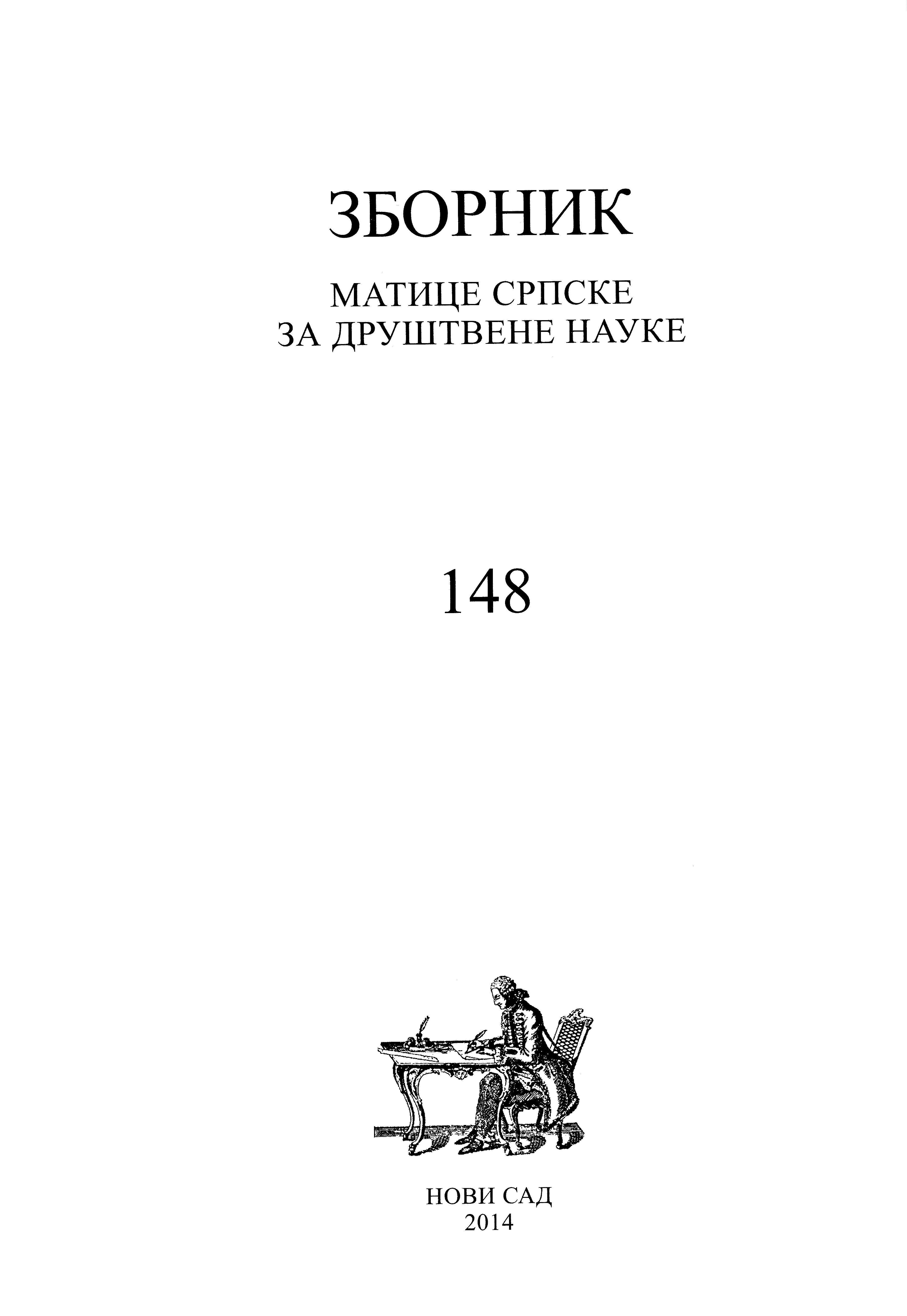Главне карактеристике демографског развоја Источне Херцеговине у другој половини XX и на почетку XXI вијека
Main Characteristics of Demographic Development of Eastern Herzegovina in the Second Half of the 20th Century and at the Beginning of the 21st Century
Author(s): Radoslav ĆorovićSubject(s): Regional Geography, Demography and human biology
Published by: Матица српска
Keywords: population; Eastern Herzegovina; demographic trends; natural increase; emigration
Summary/Abstract: At the beginning of the observed period, the population dynamics in Eastern Herzegovina was characterized by stagnation, followed by the decrease of the total population, primarily due to traditionally present emigration, but also due to negative natural population growth. Birth rates decreasing processes, population ageing, and some other predominantly negative demographic processes have been reported for decades. This area has a low population density, while spatial distribution of the population is characterized by concentration in settlements which have the function of a municipal centre. Contemporary demographic indicators (of natural increase of population and migration) indicate further decrease in population of this region, especially of its rural parts. This is also shown by the previous 2013 Census data. Keeping in mind the current demographic indicators and characteristics of the population, side by side with weak economic development of this region, it may be expected that negative trends in population development will continue.
Journal: Зборник Матице српске за друштвене науке
- Issue Year: 2014
- Issue No: 148
- Page Range: 727-735
- Page Count: 9
- Language: English

